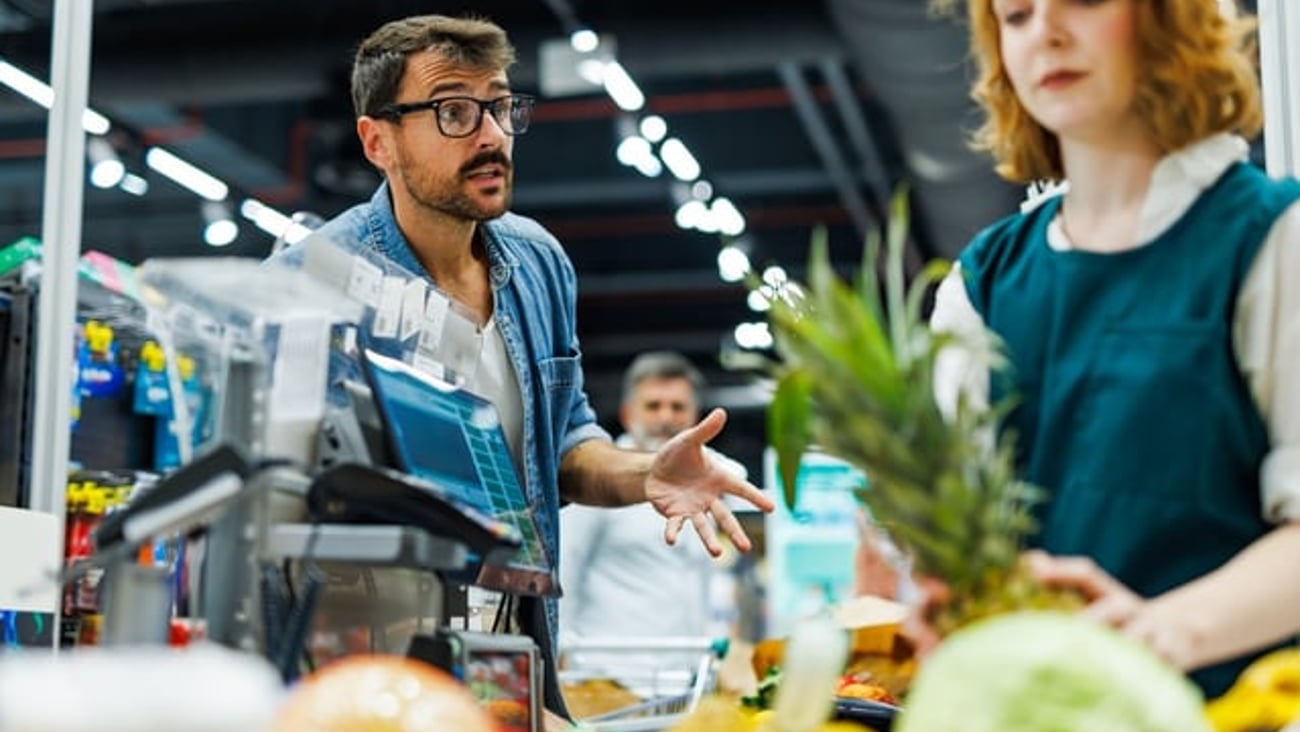Beyond pumpkin spice: Why it's time to 'fall' for a new flavour
As the back-to-school season ushers in familiar routines, Canadians are once again gravitating towards their “third place”—the coffee shop. Among the seasonal offerings, pumpkin spice has firmly entrenched itself as the flavour synonymous with fall. This trend, which Starbucks ignited in 2003, has become a cultural phenomenon, generating an estimated US$500 million in revenue from pumpkin spice lattes and related products. That's roughly 75 million cups, making it arguably the most popular seasonal drink of all time.
Despite its success, pumpkin spice represents just a fraction of Starbucks' overall annual revenue, which exceeds US$36 billion. Its ability to evoke a sense of nostalgia and comfort are key factors in the flavour's enduring appeal. But, how much longer can this seasonal staple drive consumer interest?
Seasonal flavours such as pumpkin spice are rare in their ability to mark the transition of seasons so distinctly. Starbucks' success with this flavour is notable, yet the company may soon need to innovate to maintain its market position. Rising prices have led many consumers to recreate their favorite pumpkin spice beverages at home, a trend reflected in Starbucks' recent quarterly results, which suggested a decline in customer visits. Many are opting for coffee at work, where it is often complimentary, or brewing it at home to save money.
READ: Four things to know about pumpkin spice
As newer generations gain economic influence, their tastes are proving to be more diverse and dynamic. Not all flavours withstand the test of time—consider the decline of licorice, once a beloved treat in many parts of the world. To cater to evolving consumer preferences, offering new, unique flavours could be crucial. The concern is not just about maintaining sales, but also about preventing flavour fatigue, as pumpkin spice's overwhelming popularity may cannibalize the sales of other products.
This year, Starbucks launched its pumpkin spice campaign on Aug. 21, the earliest ever, which underscores the pressure on the company to boost sales in a challenging economic environment where growth in the food service industry is increasingly hard to come by.
Industry-wide sales data for pumpkin spice-flavoured drinks indicate looming challenges. Though dollar sales in the U.S. rose by 15% for the 52-week period ending in 2023, unit sales decreased by 1.5% for the second consecutive year, according to NielsenIQ. It's reasonable to suspect a similar trend may be unfolding in Canada.
Furthermore, it's worth noting the pumpkin spice latte (PSL) itself is not without its controversies. For instance, the drink contains no actual pumpkin, a point of concern for some consumers. Additionally, a grande pumpkin spice latte contains 50 grams of sugar—exceeding the recommended daily intake for an adult.
The industry doesn’t necessarily need to replace pumpkin spice, but should consider evolving it—finding a "Pumpkin Spice 2.0." Peter Dukes, the creator of the pumpkin spice latte at Starbucks, once remarked that the flavour was never intended to be a commercial product. Yet, its uniqueness proved to be a defining factor in its success.
Looking ahead, exploring new flavours could be a strategic move. Consider the potential of sweet potato and marshmallow, rhubarb and ginger, or even rhubarb and rose. In fact, rhubarb appears to be gaining popularity, offering an intriguing alternative to pumpkin spice. After more than 20 years, perhaps it's time to truly spice things up—no pun intended.





